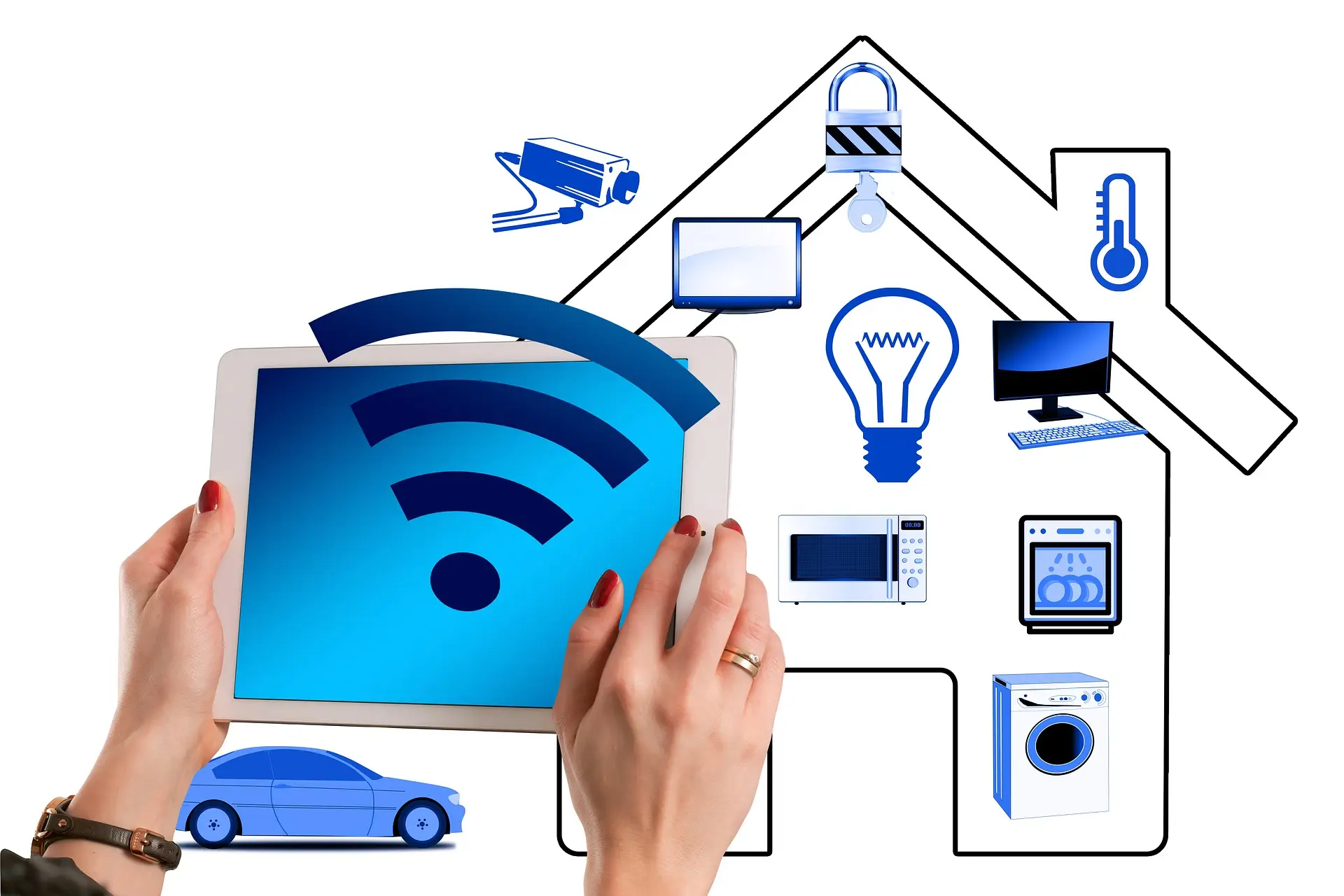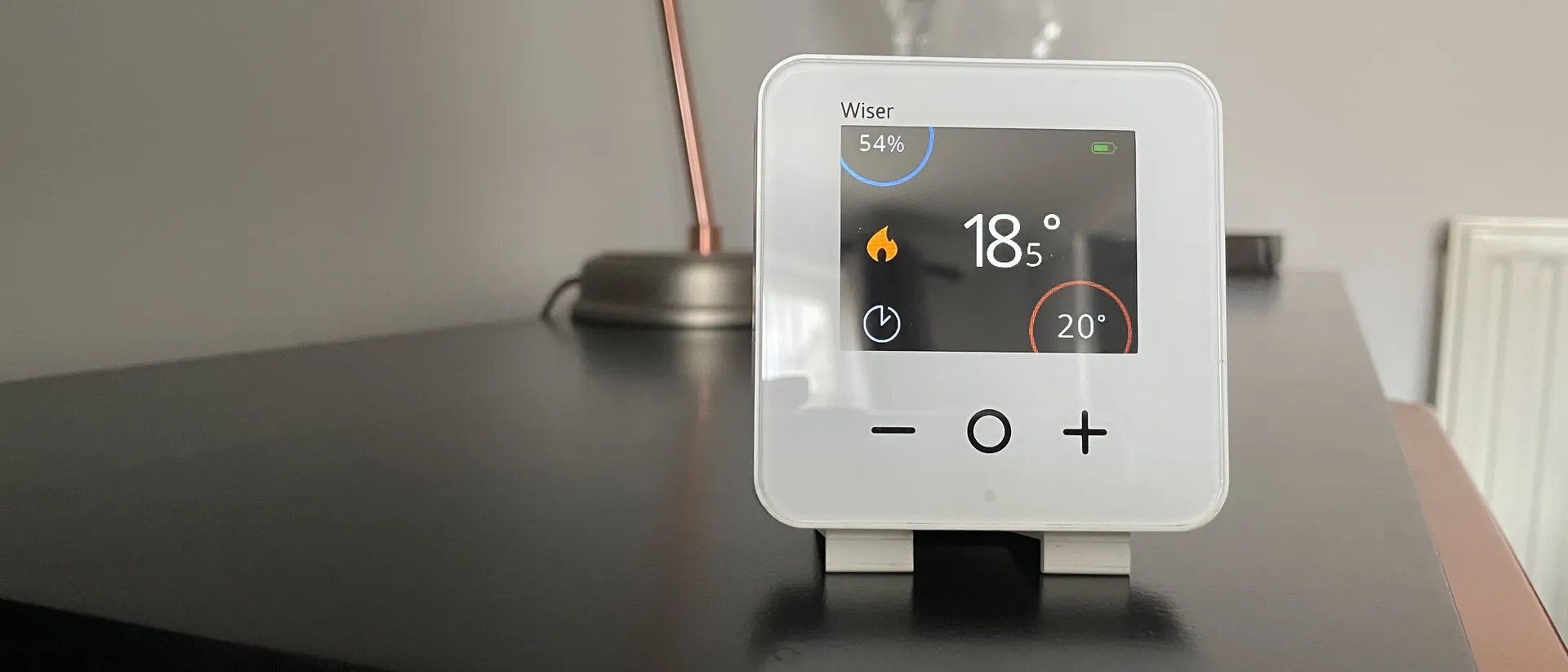We live in a world in which innovations to connect the world more efficiently, save energy, and better monitor our appliances are popping up all the time. When it comes to the infrastructure and health of your home, this is too valuable a possession to ignore the technological benefits on offer. People no longer have to be home to watch after their powered devices, security, and utilities. The HVAC industry is no exception, and today, we will be exploring the ways smart technology is enhancing it.
The Advent of Smart Home Technology
Gone are the days when people who forgot to switch off their lights ended up overspending on their energy bills and couldn’t start preheating the oven until they arrived home. Smart home technology has completely revolutionized the way we interact with our living spaces, offering unprecedented control, convenience, and efficiency.
The rise of Internet of Things devices, along with advancements in artificial intelligence, has transformed homes into interconnected ecosystems where appliances, lighting, security systems, stereos, and HVAC systems work together like clockwork. Things homeowners had to do manually before can now be automated through:
- voice commands
- smartphone apps from Apple and Android
- advanced machine learning algorithms

The Rise of Smart HVAC Systems
Climate has been quite a hot-button topic in public discourse. The earth has a limited energy supply, and people like not to receive monstrous PG&E bills in the mail. There is now AC service technology that has propelled homeowners from the previous manual settings and basic thermostats to a world in which the components of their HVAC system can be monitored and adjusted online. This makes it much easier for them to tell when something is going wrong with their device and, if so, where exactly the problem is occurring.
On top of that, these systems also:
- adust settings based on past preferences
- learn user preferences
- monitor environmental factors
Smart thermostats, air quality sensors, compressors, and automated controls allow users to manage their heating and cooling remotely, offering improved flexibility and control over their indoor environment.
This connectivity allows real-time monitoring and adjustments based on data from:
- temperature sensors
- humidity levels
- occupancy patterns
AI takes this a step further by analyzing data trends to make intelligent predictions and optimize the system’s performance. They can analyze your daily routines, reducing the cooling, for instance, when you’re out of the house to save energy and vice versa. Predictive maintenance powered by AI can identify issues also before they become costly problems, enhancing your system’s service life and performance.
How It Will Benefit People’s Lives
There are far-reaching implications of this level of control and monitoring for the average homeowner as well as society at large.
Remote Accessibility
Smart HVAC technology allows people to adjust utilities in their homes without even having to get up. That means not as much dirty maintenance work will have to be done. Imagine you are on your way home,e and you’d like to have it ice-cold by the time you get there without having to pay for a whole day’s worth of cooling. You can do that from your smartphone.
Environmental Sustainability
Many people will be delighted by the potential to drastically reduce greenhouse gases. Since they will consume a lot less energy in the long run with the potential to be powered on or off at a distance and won’t overproduce air conditioning or heat as a result of problems in the HVAC system being detected in advance.
Improved Indoor Comfort and Safety
Dust mites, pollen, and volatile organic compounds often float into people’s homes, potentially infecting people, especially those with respiratory problems. Homes with smart humidifiers or dehumidifiers integrated into HVAC systems can be automatically adjusted to prevent mold growth and ensure comfort in dry environments.
Smart systems can also personalize temperature control in different rooms, tailoring them to every family member’s whims. Occupancy sensors further operate using motion sensors to provide the right level of comfort where it’s needed most.

Cost Savings
Last but not least, other than comfort, this is probably the most relevant issue to the majority of people, as heating and cooling bills run particularly high. The U.S. Environmental Protection Agency estimated that using smart thermostats can save homeowners 10-12% on heating costs and 15% on cooling costs. Other estimates are as high as 30%.
Challenges and Considerations
One of the reservations many people have when presented with the option of installing a smart HVAC system is the initial cost and installation process, which can be a barrier for some. Energy-efficiency units, sensor-based technologies, and component controls require a larger upfront investment compared to traditional systems. On top of that, installing these systems might require retrofitting existing infrastructure, even if it may pay off in the long-term savings.
Data Security
The more connected that people become, however, the more it raises concerns about privacy. These systems rely on cloud-based platforms to store and process user data. This can, in turn, be vulnerable to hacking or unauthorized access if the system is not adequately secured. These people question whether the encryption protocols and login processes are strong enough to protect their personal information. People also get wary of how their data is collected and used for system optimization.
Integration with Older HVAC Systems
Yet another challenge is smart technology’s compatibility with older HVAC systems. Many homes still rely on traditional heating and cooling setups. Some older systems may not have the necessary features to integrate with modern smart thermostats or sensors. Partial upgrades might be a more affordable way for them to start slow in their smart home transformation.

The Future
The farther that AI evolves and the more ubiquitous it becomes, the greater that smart HVAC technology will prevail in the future. These systems will predict users’ behavior with ever more astonishing accuracy. Systems may begin to anticipate fluctuations in weather, adjusting system settings preemptively to ensure maximum comfort and efficiency. Machine learning algorithms will continuously improve their performance by analyzing data patterns, rendering energy management even more efficient.
Moving forward, renewable energy sources like solar and wind power will become more accessible, and HVAC technologies will grow more integratable with them. These systems will connect to other smart home systems to operate in concert, for instance, automatically shutting off your home cooling when you leave the house and the lights off during the day.
Autonomous Systems
Humans will be required to direct less and less of their attention to managing their utilities as systems will manage everything from energy efficiency to temperature regulation to air quality and maintenance on their own. Systems will incorporate advanced filtration and air purifying technologies, such as HEPA filters, UV lights, and electrostatic precipitators, to remove allergens, bacteria, and viruses from the air.
HVAC systems may even collaborate with wearable devices to monitor a person’s health and adjust the indoor air quality to meet their specific needs.


















Leave a comment